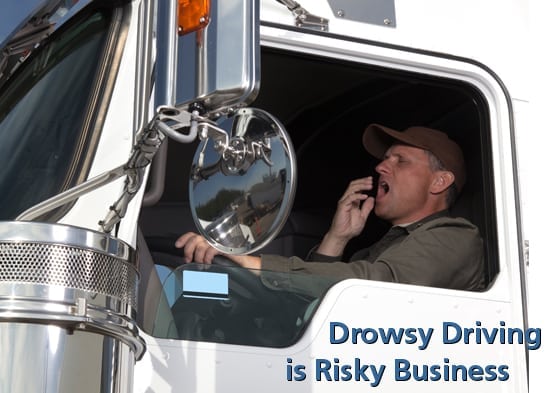Drivers with untreated sleep disorders, such as sleep apnea, are one of the most dangerous threats on our roads.
Driver fatigue is responsible for an estimated 100,000 motor vehicle accidents and 1,500 deaths each year and the National Highway Traffic Safety Administration (NHTSA) estimates the cost of drowsy driving is $12.4 billion per year. The Situational Performance of an untreated driver is similar to that of a person with a .06 – .08 Blood Alcohol Content level.
Driver fatigue and sleepiness has become an epidemic. The problem is even worse in the transportation industry. It is estimated that close to 1 out of every 3 OTR drivers have Obstructive Sleep Apnea (OSA). Studies have confirmed that obesity among commercial truck drivers is a major cause of sleep apnea and that offering accessible testing to drivers may reduce the risk of truck crashes.

Drivers with untreated sleep disorders, such as sleep apnea, are one of the most dangerous threats on our roads.
Driver fatigue is responsible for an estimated 100,000 motor vehicle accidents and 1,500 deaths each year and the National Highway Traffic Safety Administration (NHTSA) estimates the cost of drowsy driving is $12.4 billion per year. The Situational Performance of an untreated driver is similar to that of a person with a .06 – .08 Blood Alcohol Content level.
Driver fatigue and sleepiness has become an epidemic. The problem is even worse in the transportation industry. It is estimated that close to 1 out of every 3 OTR drivers have Obstructive Sleep Apnea (OSA). Studies have confirmed that obesity among commercial truck drivers is a major cause of sleep apnea and that offering accessible testing to drivers may reduce the risk of truck crashes.

